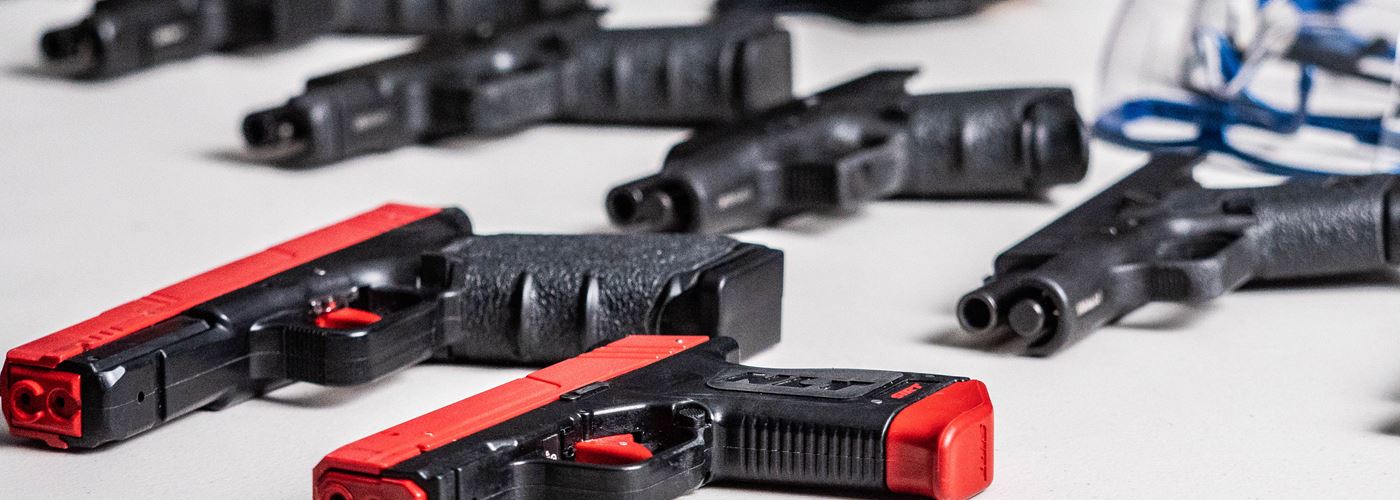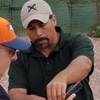
So, you made the moral decision to buy a defensive firearm and train in its proper application and the justifiable use of force. Don't take the local four-hour concealed weapons permit course and think you'll be prepared to defend yourself and your family. It's important to understand the phases of Defensive Firearms Training, which properly prepare you to be competent and safe.
Defensive Firearms Training has three phases:
- Weapons manipulation and fundamentals of marksmanship
- Applied tactics and dynamic live-fire validation
- Force-on-force scenarios
Phase 1: Weapons Manipulation and Fundamentals of Marksmanship
First find a basic defensive pistol course from a credible firearms instructor that covers, at a minimum:
- Firearms safety
- Drawing from the holster
- Fundamentals of marksmanship
- Loading/Slide Lock Reloading/Tactical Reloading/Unloading
- Clearing stoppages
- Justifiable use of force
- Concealed carry concepts
- Mindset/Situational awareness
- Primary hand only shooting
- Multiple threats
- Shooting on the move
- Cover and concealment
Once you can safely draw your firearm from concealment, place accurate shots on an eight-inch area out to seven yards on demand with one hand or two, and keep the pistol running, then look at Phase 2.
Phase 2: Applied Tactics and Dynamic Live-Fire Validation
In Phase 2, you'll learn and practice applying tactics, techniques and procedures during live-fire dynamic drills and scenarios. If you don't have a solid grasp of fundamentals and weapons manipulations, you won’t get as much out of this phase. If you're unprepared, you may even take away from other students in the class who are ready.
Some examples of Phase 2 are:
- Low-light techniques
- Vehicle defense
- Home defense
- Extended courses of fire requiring dynamic movement and use of cover and asymmetric shooting positions based on scenarios
Phase 3: Force-on-Force Scenarios
Phase 3 brings it all together. You apply your TTPs and weapons manipulations and fundamentals of marksmanship against living, breathing role players in scripted, controlled realistic scenarios using marking cartridges or paintball. Ideally, you want a course using Simmunition or UTM-converted pistols and ammo, but you can receive good training with paintball or air soft. Ensure the instructor has completed an approved force-on-force safety program. Make sure the appropriate safety gear and procedures are in place. Some things force-on-force training should focus on include:
- Managing unknown contacts/De-escalation
- Decision making and articulating justifiable use of force under stress
- Integrated combatives and in-fight weapon access
- Post-medical procedures for you, other victims, and the threat
- Interacting with responding LEOs
Training is constant and never stops, but once you reach a competent baseline, it's easier to maintain your skill level. You should practice live-fire weapons manipulations and fundamentals of marksmanship at least monthly. Drawing from concealment, reloads and even some tactics such as clearing structures, low light, and vehicle defense can be practiced dry at home. Attempt to train tactics and dynamic live-fire scenarios and force-on-force as frequently as your budget will allow, but a minimum of once per year.
Looking for shooting lessons to advance your skills and knowledge of firearms? Search firearms training classes in your area.
